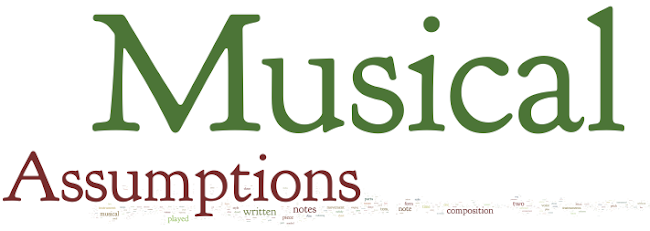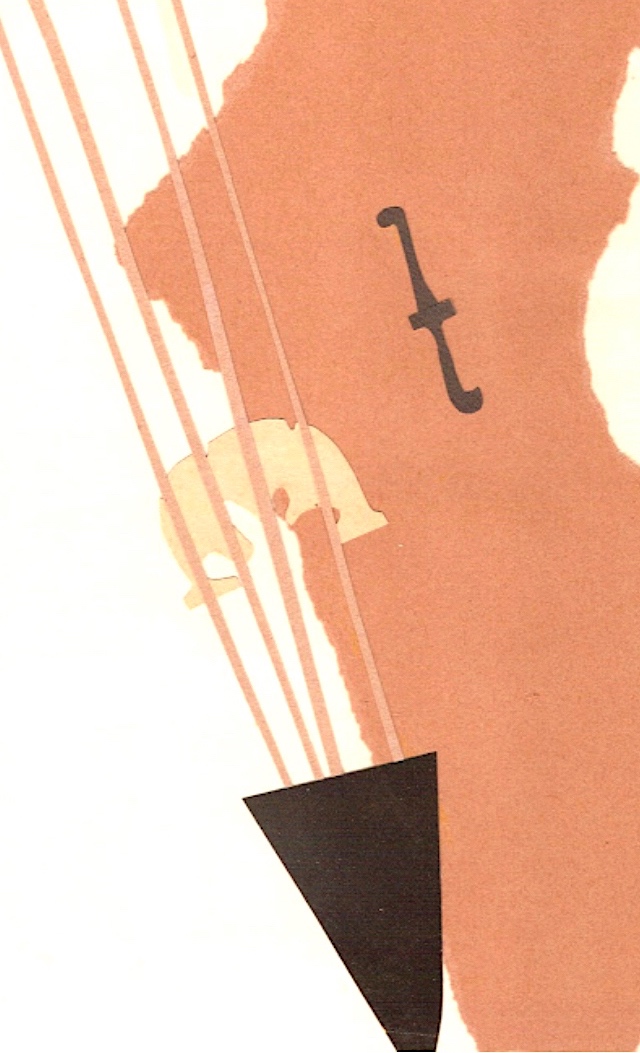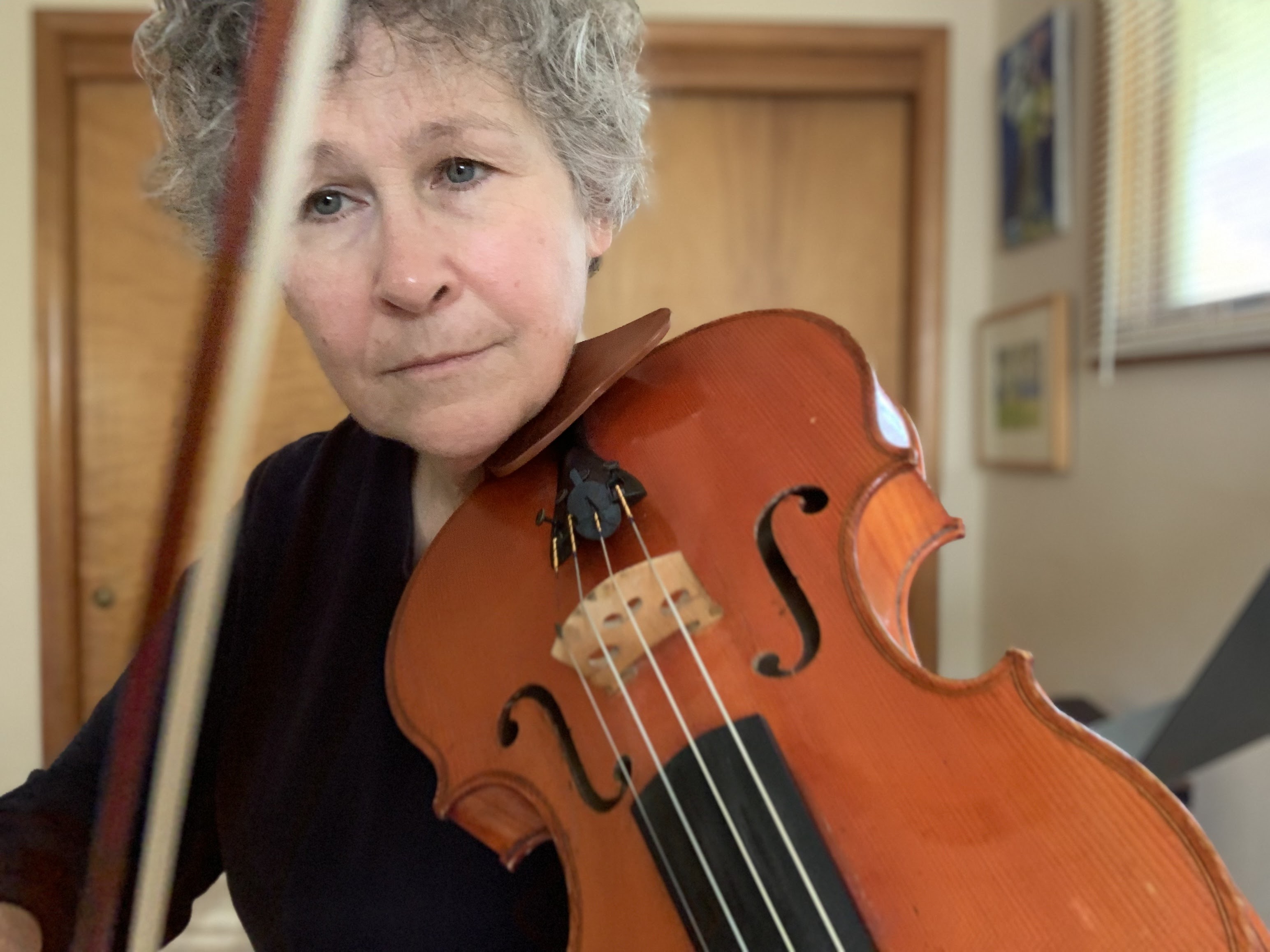In the process of learning to play our instruments, violinists and violists develop odd relationships between our visual and aural sensations. I remind my students that they are developing eyes that hear and ears that see. But it goes beyond that, because the mind's eye becomes intimately involved with the physical act of playing while our actual eyes are busy looking at music. When a violinist or violist looks at his or her left hand, the second finger is hard to see because it is physically obscured by the third finger. This obscuring of the more distant finger happens in our mind's eye as well, so we need to give a bit of extra thought to the act of moving the less-visible finger.
I was working on a double-stop passage with a student today, and she mentioned that she had a lot of trouble moving her second finger because it was so difficult to either see it or visualize it. This brought the "Crossed-Hand Illusion” to mind.

When the hands are crossed in this way, it is very difficult to move any given finger if someone points to it (without touching it). It certainly can be done, but it requires a great deal of additional thought. And it never becomes second nature. You can get better at it though, because with practice you get in the habit of thinking faster when it becomes necessary.
You can see a cute kid-made video demonstrating the crossed-hand illusion
here.
After demonstrating the crossed-hand illusion to my student, I noticed that if I dropped my right hand and kept my left hand up in this crossed position, my left hand and arm were exactly in the position I use to hold my instrument.

When playing the violin or the viola the left arm crosses the midpoint of the body, creating the same possibility of finger confusion that happens when playing the cross-hand game. It is unique to violin and viola playing. It doesn't happen with other instrument!
I used to show this game to my beginning students all the time. I would use it as a way to explain that control of the fingers requires thought. I never once considered the direct physical connection with violin and viola position.
I found a bunch of articles about left and right brain stuff, and how crossing of the hands is cognitively beneficial. Here's a
very technical one (that I don't pretend do understand). Here's
an article about how important it is for brain integration to practice activities that cross the body's midline.
I played the crossed-hand game with my next student at the beginning of her lesson. I then asked her to drop her right hand, leaving her left hand "crossed." Her response was an immediate and decided "whoa!"












